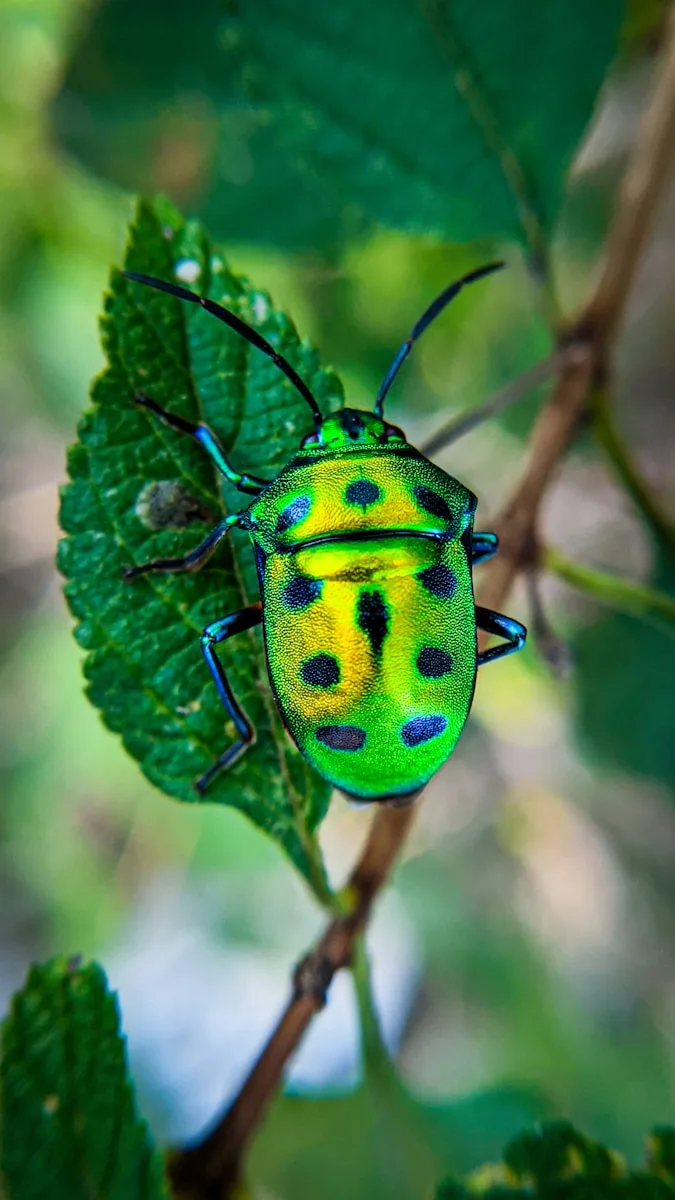
Table of Contents
Catnip can be an unexpected but useful ally in the fight against plant pests, especially the Japanese beetle. These are invasive insects that are usually about half an inch long, with coppery-brown wing covers and metallic blue-green heads. They originated in Japan and spread to various parts of America. It is interesting to note that the taste of these insects is very wide, beyond what any gardener wants. They devour more than 300 different types of plants with such passion that they make bones and destroy flowers. They have the power to completely destroy a plant, affecting its appearance, general health and ability to photosynthesize.
When these pests take over your garden, you are basically fighting a losing battle against plant decay. Many of their most cherished Fruit trees and tomatoes are among their victims, but they also like to eat beans, corn, and a wide range of flowers. Many gardeners will be interested in finding a chemical-free method to control them given their destructive tendencies.
Which brings us to canip and its function as a guardian of your garden. This perennial herb, which belongs to the mint family and is scientifically known as Nepeta cataria, has a rich history that dates back to both Europe and Asia. If you’re looking for a more eco-friendly, natural solution to your bug problem, growing catnip in your yard can help.
Read more: 15 Flowers You Can Grow To Ward Off Insects
Why Catnip Repels Japanese Beetles

Although catnip is known for its ability to induce euphoria in cats, it also works admirably as a natural insect repellant with less surprising potential. Its strong aromatic scent, which cats find attractive, works wonders to deter pests, especially Japanese beetles, from entering your garden. Researchers have shown that the chemical molecule nepetalactone is abundant in catnip. DEET, the primary ingredient in many commercial insecticides, is surprisingly less effective at repelling insects than this particular molecule. Another reason to consider adding this plant to your yard is that 2014 research suggests it may have anti-fungal properties (via Science Direct).
In short, planting catnip in your garden is like installing an all-natural, non-toxic pest management system. Japanese beetles are successfully repelled by herbs, and as a result, they avoid nearby plants. But there is another side to consider. Catnip’s strong scent, which is very effective at warding off insects, can act as a guide for stray cats. Attracted by the scent, they may inadvertently wander into your garden and peck at leaves.
Although some people love this, if you don’t want to remove stray animals, this can be a problem. If this drawback is important to you, you may be better off meeting your gardening goals with alternative insect-repellent plants such as lavender or marigold. These options are supported for retention pests at bay but are less likely to attract the local feline population.
Implementing Catnip As A Beetle Repellent In Your Garden

Using dried catnip or planting it in your yard are two main ways you can use catnip as a natural repellent against Japanese beetles. If you decide to plant, choose a spot that gets full to partial sun and well-draining soil. As a resilient plant that can withstand a variety of conditions, catnip is a low-maintenance choice for your yard. When the plant reaches maturity, you can dry the leaves for later use or pick them for immediate consumption.
If you have a serious Japanese beetle problem, dried catnip is also a quick and effective solution. Spray only fragrant leaves on affected plants. Because it gives immediate results and does not require waiting for the plants to develop, this approach is particularly useful for urgent problems. Growing catnip near plants that attract Japanese beetles, such as tomatoes, increases its potency.
There are two advantages to using companion planting. Not only can catnip repel bugs, but its strong perfume masks the odors of your other plants. It gives your garden a wide range of protection by making it difficult for other pests to find.
READ | Snake Plant to Aloe Vera-7 plants for prosperity and growth


2 thoughts on “Japanese Beetle Battle: Plant This Herb to Protect Your Garden!”